Why a Canadian believes 2 treasures buried 40 years ago are in St. John's and Halifax
The man slipped into the park, glancing to see if anyone noticed him. He was known to wear black velvet suits in June, but this time he likely wore a disguise — perhaps the safety vest, hard hat and steel-toed boots of a construction worker.
He carried a shovel and a small box. When he was satisfied he wouldn't be disturbed, the man dug a hole no more than a metre deep, placed the treasure inside and covered it with dirt. He left the city without leaving a clue.
Byron Preiss repeated this quest 11 more times, burying small plexiglass boxes all over North America. Each contained a key that could be exchanged for a jewel worth $1,000 US. No one — not even his wife — knew where he'd hidden them all.
In 1982, Preiss published The Secret: A Treasure Hunt, a book that paired 12 cryptic paintings with 12 Nostradamus-like verses to give clues to the locations of the keys. He hoped the open challenge would give him a hit book.
It didn't.
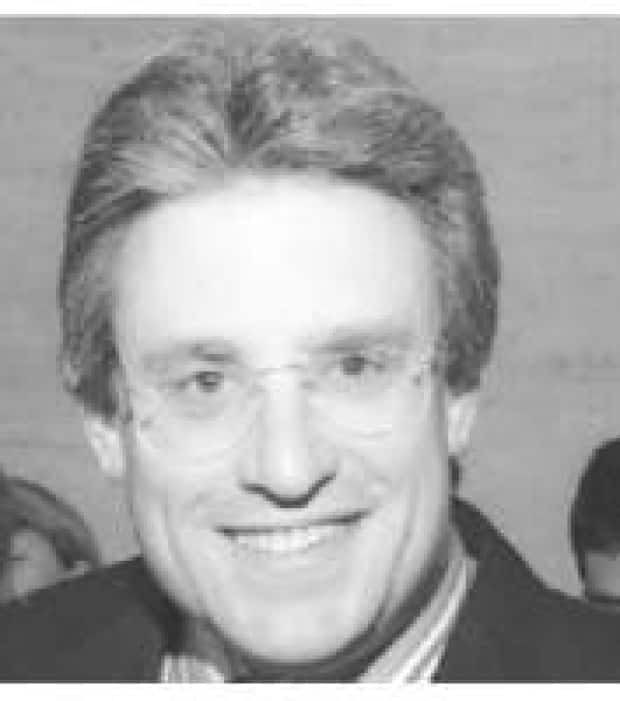
The Secret caused a little stir upon publication and, one year later, teenage friends solved a riddle and found a treasure buried in Chicago. But the rest remained hidden and people gave up.
The internet resurfaced the old treasure hunt around the year 2000, sparking a new wave of interest — and the discovery of a second treasure, this one in Cleveland in 2004.
But then tragedy struck. In 2005, Preiss died in a car crash in his native New York. He took the locations of his buried treasures to the grave. Only one has been found since — in Boston, in 2019. Local treasure hunters had identified a likely spot, but it was construction workers who dug it up.
That leaves nine secret treasures at large in North America. Now one Halifax man thinks he's solved two more puzzles — and he says they're both in Canada.
Vikings and legendary buried treasure
James Morrow has become something of an amateur treasure hunter on Canada's East Coast. In 2018, he saw a TV documentary about the hidden treasures and got hooked. He soon was immersed in an expansive online world of people determined to crack the codes of The Secret and track down all the treasures.
"It's been so long-standing that no one's been able to figure them out. Everyone keeps thinking they should be able to, but they can't," Morrow said.
The treasure clues are like complex crossword puzzles, in that they make little sense to the untrained mind. But once you learn the language of The Secret, it can all become clear.
Most of the treasure hunting community lives in the U.S. and they'd given little thought to the idea that Preiss would have buried anything in Canada. But the theme that ties all the locations together is that they're to do with Europeans settling in North America.
And Morrow thought: if you were to create a treasure hunt about Europeans in North America, wouldn't you put one near the oldest European settlement on the continent (L'Anse aux Meadows, N.L.) and the home of the world's most famous treasure hunt (Oak Island, N.S.)?
"He made mention [during a promotional interview] of things like crossing over the border into Canada, being harassed about bringing a shovel and other implements with him," Morrow said.
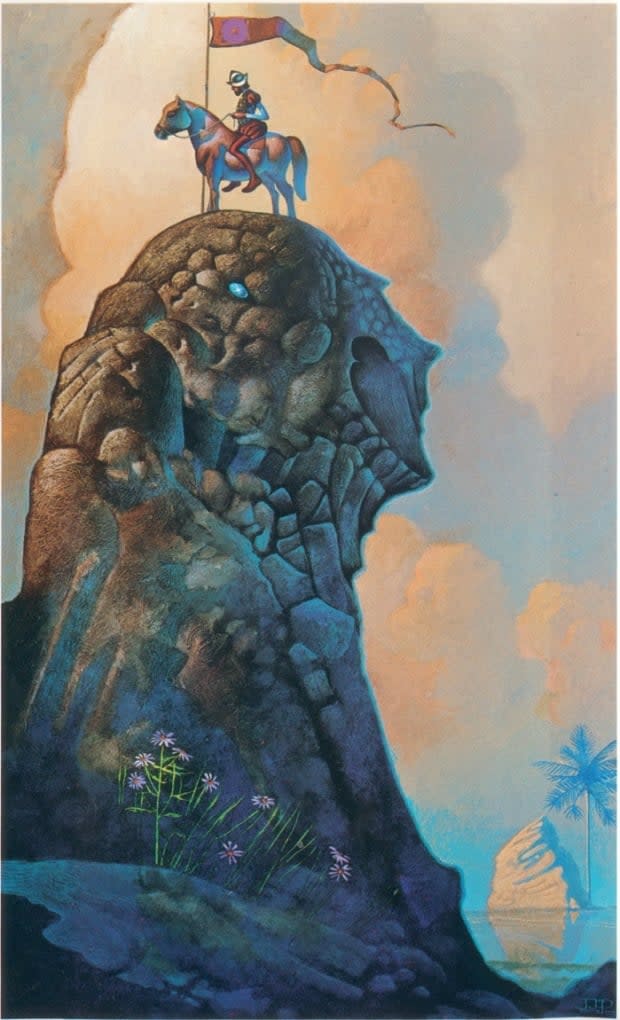
He studied the paintings and poetry to see what local connections he could find. Each treasure hunter must decide which verse matches which painting. Morrow's first possible breakthrough came from a white rock on one of the paintings. Morrow didn't think it was a rock at all.
"There's only one place in North America where people go as tourists to see icebergs all the time," Morrow said of Newfoundland.
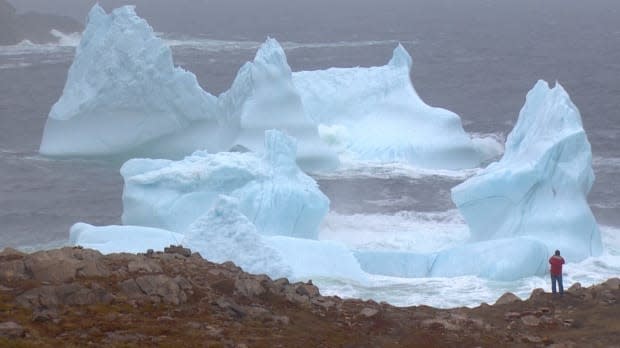
Another section of the painting shows a huge rock with an explorer standing on it. "I know that everybody from Newfoundland, if they were born and raised there, if they're from the island, they're from the Rock."
Other clues are an outline of Quidi Vidi Lake in St. John's, and elements of a Portuguese flag, perhaps tied to the Portuguese fishers who visited Taqamkuk, as the Mi'kmaq called Newfoundland, in the 1500s. Americans detect Spanish signs and place that treasure in Florida.
Morrow narrowed it down to Bowring Park in St. John's and visited the site. He thinks it matches up, but he's leaving that find for someone in Newfoundland to take up.
When time stops
A second puzzle led him to Halifax. He noticed a clock in the seventh painting of The Secret seemed to highlight nine and five. He thought of the 1917 Halifax Explosion, which stopped the city hall clock at 9:05 a.m. The patterns beside the clue clock bear an uncanny resemblance to the walls of city hall and the buildings behind it.
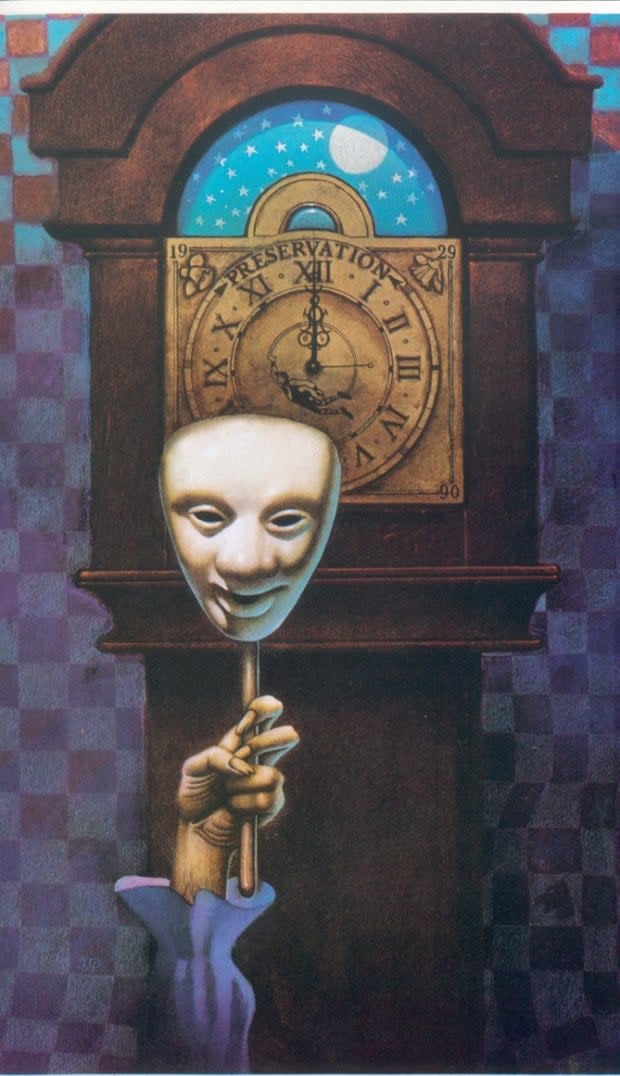
Preiss wrote of entering through a stone wall; Grand Parade, the city's central plaza, is surrounded by a stone wall. The theatre mask in the painting drew Morrow's eye to nearby Neptune Theatre. A little research taught Morrow the theatre was named for the first European play performed in North America: The Theatre of Neptune, put on in Port Royal in 1606.
Preiss wrote of a sweet smell in the air. Morrow sniffed Grand Parade, but sweetness didn't come to his nose.
He studied older photos of the area to see what would have been there when Preiss might have visited in the late 1970s or early 1980s. To his surprise, he spotted a giant chocolate factory right beside the square.
Depending on when Preiss visited Halifax — if he ever came here at all — he might have seen the remnants of the factory or heard of it while researching the city.
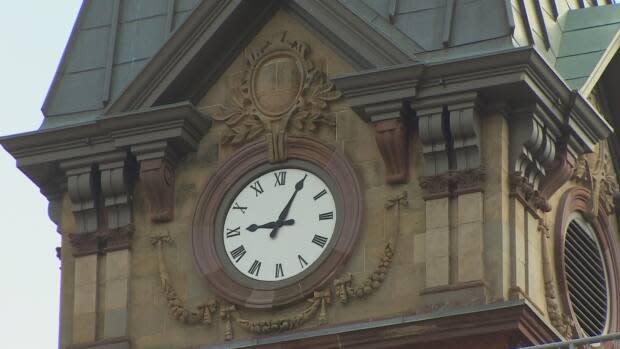
To Morrow, Preiss was clearly writing about Grand Parade. "Once I found them and started developing them [the clues], it made more and more sense."
He wrote to the book's current publisher and presented his theories. "Byron took the location of the casque/key to his grave," John T. Colby replied in a letter last year. "We are recording possible solutions by date received. Good luck on the hunt, and please remember to ask permission before a dig."
The mayor and an archeologist weigh in
Morrow took his theory to Halifax Mayor Mike Savage. "We discussed Oak Island and a few other things about the history of Halifax," Morrow said. "He was interested and very positive."
Morrow says staffers kept trickling in to hear about treasure possibly buried in front of their offices.
The mayor, a history fan himself, was intrigued. "I appreciate the passion of these treasure hunters and understand their frustration that we have not permitted a dig in Grand Parade," Savage said.
"Staff determined they could not allow an excavation that could have been three feet wide and just as deep, with no certainty anything is there to be found."
But he did suggest Morrow talk to Jonathan Fowler, an anthropologist at Saint Mary's University known for his work uncovering traces of Acadian settlers. He agreed to turn his attention to Grand Parade. One day in 2019, he and a team of his students brought ground-penetrating radar to the old military grounds and peeked three metres into the soil as part of an advanced landscape archeology course.
"Unfortunately, the results for James's area of interest were unclear," Fowler said. "From what James tells me, the target — if it is present — is likely to be quite small and difficult to detect with geophysics, but we thought it was worth a shot as we were in the neighbourhood."
So the radar didn't find buried treasure, but it did establish there is deep soil on the site and no utilities, pipes or other obstacles that would have ruled it out.
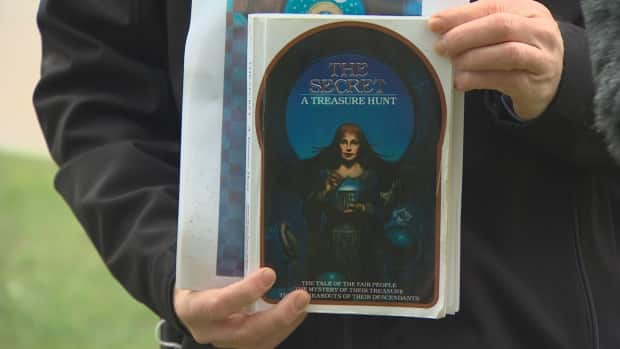
Morrow works downtown, for the provincial government, and has often watched people eat lunch on top of the spot where he's mentally marked an X for buried treasure. He admits there's a certain temptation to simply grab a shovel and start digging.
But he doesn't want to create a new Oak Island, shot through with holes and no signs of treasure. His counterparts in the U.S. are often less restrained and have hacked up many suspected sites.
"They're digging up certain cities like crazy and they have been for 10 or 20 years. Cities have enacted laws around it because some of them are very popular," Morrow said.
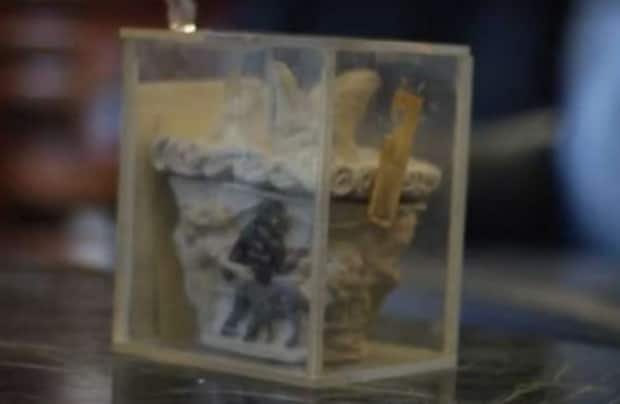
But Canada's two potential finds will likely remain lost in the earth, awaiting the day an alert construction worker digs up what Preiss buried more than 40 years ago.
"He really felt you couldn't solve these from far away," Morrow said. "He said that a local should solve these. I'd like to be the first person to solve more than one."
Read James Morrow's breakdown of clues at Grande Parade:
MORE TOP STORIES


